Home>Garden Essentials>How To Grind Chia Seeds
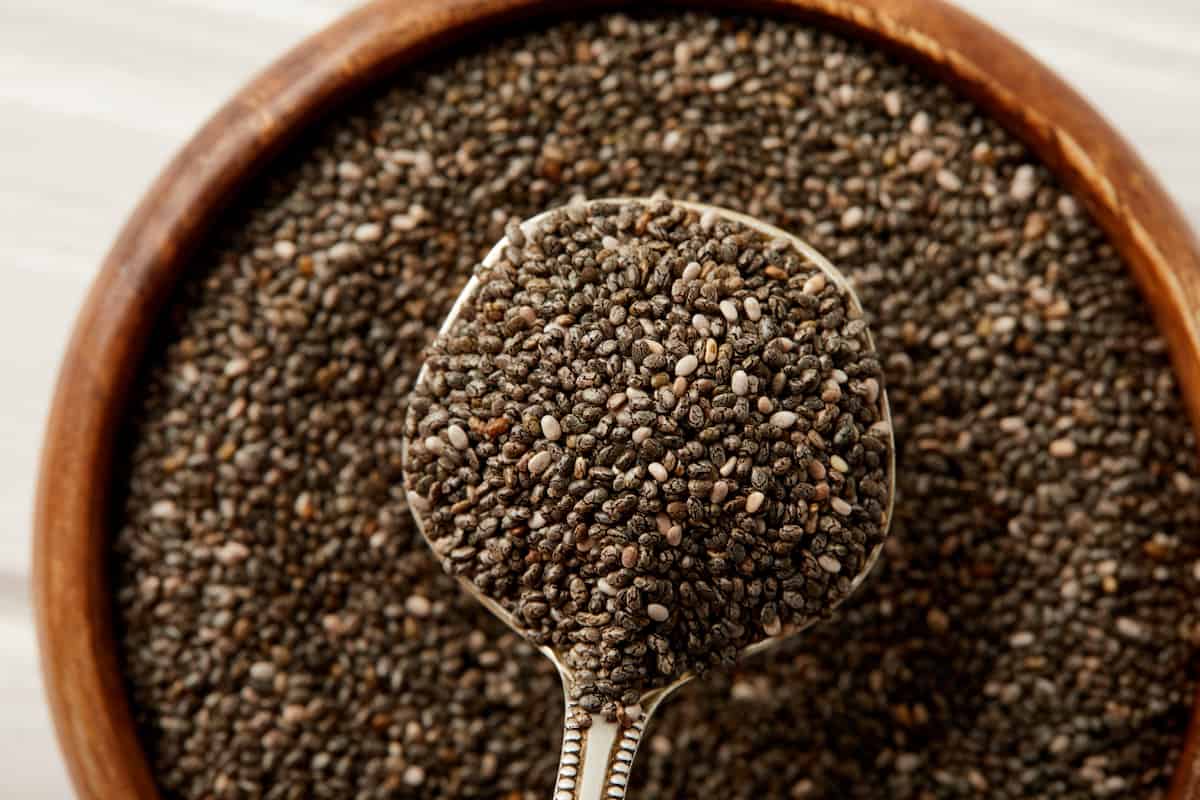

Garden Essentials
How To Grind Chia Seeds
Modified: March 15, 2024
Learn how to grind chia seeds in your garden and unlock their nutritional benefits with our step-by-step guide.
(Many of the links in this article redirect to a specific reviewed product. Your purchase of these products through affiliate links helps to generate commission for Storables.com, at no extra cost. Learn more)
Introduction
Welcome to the world of chia seeds! If you’re a health-conscious individual, chances are you’ve come across these tiny powerhouses of nutrition. Chia seeds have gained immense popularity in recent years, and for good reason. Packed with essential nutrients, they offer a wide range of health benefits.
In this article, we will delve into the topic of grinding chia seeds. Whether you’re looking to incorporate them into your recipes or unlock their full potential by breaking down their outer layer, grinding chia seeds can be a game-changer. We will explore the benefits of chia seeds, the best ways to choose and store them, the equipment needed for grinding, and step-by-step instructions on how to grind chia seeds.
So, if you’re ready to take your culinary adventures to the next level, let’s dive in and learn how to grind chia seeds!
Key Takeaways:
- Grinding chia seeds unlocks their nutritional power, offering benefits like weight management, heart health, and energy boost. Choose high-quality seeds, store them properly, and use a grinder or alternative methods for best results.
- Ground chia seeds can elevate your meals with their versatility. From chia pudding to energy bars, they add nutrition and flavor. Get creative and enjoy the benefits of these tiny powerhouses!
Read more: How To Grind Chia Seeds Without A Grinder
Benefits of Chia Seeds
Before we dive into the process of grinding chia seeds, let’s take a moment to explore the remarkable health benefits they offer.
1. High Nutritional Profile: Chia seeds are a nutritional powerhouse. They are rich in fiber, protein, omega-3 fatty acids, antioxidants, and various vitamins and minerals. Incorporating chia seeds into your diet can help meet your daily nutrient requirements.
2. Weight Management: The high fiber and protein content of chia seeds can promote feelings of fullness and help control appetite. They absorb liquid and expand in the stomach, helping you stay satisfied for longer and potentially aiding in weight management.
3. Heart Health: The omega-3 fatty acids found in chia seeds, particularly alpha-linolenic acid (ALA), can help reduce inflammation, lower cholesterol levels, and improve heart health. Including chia seeds in your diet may contribute to a healthier cardiovascular system.
4. Blood Sugar Regulation: Chia seeds have a low glycemic index, which means they are digested and absorbed slowly, resulting in a gradual rise in blood sugar levels. This can be beneficial for individuals with diabetes or those looking to maintain steady blood sugar levels.
5. Digestive Health: The high fiber content of chia seeds promotes healthy digestion by acting as a prebiotic, feeding the beneficial bacteria in the gut. This can support a healthy gut microbiome, improve bowel regularity, and prevent digestive issues.
6. Antioxidant Powerhouse: Chia seeds are rich in antioxidants, which help protect the body against oxidative stress. Antioxidants neutralize harmful free radicals, reducing the risk of chronic diseases and promoting overall well-being.
7. Bone Health: Chia seeds are a great plant-based source of calcium, magnesium, and phosphorus, all of which are essential for maintaining healthy bones and preventing osteoporosis.
8. Energy Boost: The combination of protein, healthy fats, and fiber in chia seeds makes them a great source of sustainable energy. Including chia seeds in your meals or snacks can provide a natural energy boost to help you power through your day.
With such a wide range of health benefits, it’s evident why chia seeds have gained popularity in the health and wellness community. Now, let’s move on to the next section and discover how to choose and store chia seeds properly.
How to Choose and Store Chia Seeds
When it comes to selecting and storing chia seeds, there are a few key factors to consider to ensure you’re getting the best quality and maintaining their freshness.
1. Quality: Look for organic chia seeds that are free of pesticides and chemicals. Ensure that the packaging is intact and sealed properly.
2. Color: High-quality chia seeds are typically black or dark brown in color. Avoid seeds that are overly pale or discolored, as this may indicate poor quality or age.
3. Texture: Opt for chia seeds that have a crunchy texture. Soft or mushy seeds may have gone bad or been exposed to moisture.
4. Source: Purchase chia seeds from reputable brands or suppliers to ensure you’re getting a reliable and trustworthy product.
Once you’ve chosen the perfect chia seeds, it’s important to store them correctly to maintain their freshness and nutritional value.
1. Air-Tight Container: Transfer chia seeds to an air-tight container or a resealable bag to protect them from moisture and air exposure. This will prevent them from becoming rancid or losing their nutritional properties.
2. Cool and Dry Location: Store chia seeds in a cool, dark, and dry pantry or cupboard. Avoid exposing them to heat, sunlight, or humidity, as this can promote spoilage.
3. Refrigeration: If you live in a particularly hot and humid climate, it may be beneficial to store chia seeds in the refrigerator. This will help prolong their shelf life and maintain freshness.
4. Shelf Life: Chia seeds have a relatively long shelf life. When stored correctly, they can last up to two years. However, for optimal freshness and quality, it’s recommended to use them within six to twelve months.
By following these guidelines, you can ensure that your chia seeds remain fresh and nutritious for an extended period. Now that you’ve selected and stored your chia seeds, let’s move on to the next section, where we’ll discuss the equipment needed for grinding chia seeds.
Equipment Needed for Grinding Chia Seeds
Grinding chia seeds is a simple task that requires minimal equipment. Here are the essential tools you’ll need to get started:
1. Grinder: The most efficient way to grind chia seeds is to use a dedicated grinder. Electric grinders, such as coffee grinders or spice grinders, work exceptionally well for this purpose. They allow you to achieve a fine and consistent texture in a matter of seconds.
2. Mortar and Pestle: If you don’t have a grinder, you can use a mortar and pestle to manually grind chia seeds. While this method may take a little more effort and time, it can still yield satisfactory results.
3. Food Processor: Another option is to use a food processor. This versatile kitchen appliance can handle various ingredients, including chia seeds. Simply pulse the chia seeds until they reach the desired consistency.
4. Blender: If you have a high-powered blender, it can also be used to grind chia seeds. However, keep in mind that blenders tend to heat up the seeds due to their high speed. To prevent this, pulse the seeds in short bursts and give the blender breaks to cool down.
When choosing a grinding method, consider the quantity of chia seeds you’ll be grinding and your personal preferences. If you frequently grind large amounts, investing in an electric grinder may be the most efficient and convenient option.
Now that you know the equipment needed for grinding chia seeds, let’s move on to the next section, where we’ll provide a step-by-step guide on how to grind chia seeds.
Step-by-Step Guide to Grinding Chia Seeds
Now that you have all the necessary equipment, it’s time to learn how to grind chia seeds effectively. Follow these simple steps to achieve the desired consistency:
1. Measure the Chia Seeds: Start by measuring the amount of chia seeds you need for your recipe or desired quantity. It’s recommended to grind only as much as you’ll use immediately to preserve the freshness and nutritional value.
2. Prep the Grinder: If you’re using an electric grinder, ensure that it’s clean and dry. Wipe the inside with a dry cloth to remove any residue from previous use. This will help prevent cross-contamination of flavors.
3. Load the Grinder: Add the chia seeds to the grinder, making sure not to overload it. It’s best to grind small batches at a time for optimal results. If you’re using a mortar and pestle, transfer a small portion of the chia seeds into it.
4. Grind the Seeds: If you’re using an electric grinder, secure the lid tightly and turn it on. Allow the grinder to run for a few seconds or until the desired texture is achieved. For a finer grind, you may need to run it for a bit longer.
If using a mortar and pestle, use the pestle to crush and grind the chia seeds in a circular motion. Apply some pressure and continue grinding until the seeds reach the desired consistency.
If using a food processor or blender, pulse the chia seeds in short bursts until they are finely ground. Be cautious not to over-process, as it may result in a paste-like consistency.
5. Check the Texture: After grinding, check the texture of the ground chia seeds. They should have a fine, powdery consistency with no visible chunks. If needed, continue grinding until you achieve the desired texture.
6. Transfer and Store: Once the chia seeds are ground to perfection, transfer them into an airtight container or a small jar. Label it with the date to keep track of their freshness. Store the ground seeds in a cool, dry place, away from direct sunlight.
By following these steps, you can effortlessly grind chia seeds and unlock their full potential in your culinary creations. Now that you know how to grind chia seeds, let’s move on to some useful tips and tricks to enhance the process.
Use a coffee grinder or blender to grind chia seeds into a fine powder. This will make it easier to incorporate them into recipes or smoothies.
Read more: How To Grind Cumin Seeds
Tips and Tricks for Grinding Chia Seeds
Grinding chia seeds can be a simple and straightforward process. However, to ensure optimal results and make the task even easier, here are some useful tips and tricks:
1. Freeze the Seeds: If you’re finding it difficult to grind chia seeds to a fine texture, try freezing them for about 30 minutes before grinding. The cold temperature will make the seeds firmer and easier to break down.
2. Pulse Instead of Continuous Grinding: When using electric grinders or blenders, it’s best to pulse the chia seeds rather than grinding continuously. Pulsing helps prevent overheating and ensures a more consistent grind.
3. Start with Small Batches: Grinding a small amount of chia seeds at a time ensures that they are evenly ground and prevents overcrowding in the grinder. This allows for better control and more consistent results.
4. Clean the Grinder Before and After Use: To avoid cross-contamination of flavors, always clean the grinder before and after grinding chia seeds. A quick wipe with a dry cloth or a brush should be sufficient to remove any remaining residue.
5. Experiment with Different Grinding Techniques: If you’re not satisfied with the texture achieved using one method, try another. Experimenting with different techniques, such as using a grinder, mortar and pestle, food processor, or blender, can help you find the method that works best for you.
6. Keep an Eye on the Consistency: Pay attention to the texture of the ground chia seeds. If they become too pasty or start clumping together, it’s an indication that they have been over-processed. Aim for a fine powder consistency without any visible chunks.
7. Use Ground Chia Seeds Promptly: While ground chia seeds can be stored for several weeks, it’s best to use them as soon as possible to maintain their freshness and nutritional value. Incorporate them into your recipes or sprinkle them on top of smoothies, yogurt, or oatmeal for a nutritious boost.
By following these tips and tricks, you can achieve perfectly ground chia seeds with minimal effort. Now that you’re equipped with helpful techniques, let’s explore some alternative methods for grinding chia seeds.
Alternative Methods for Grinding Chia SeedsIf you don’t have a dedicated grinder or other equipment on hand, don’t worry! There are alternative methods you can try to grind chia seeds. Here are a few options:
1. Coffee Grinder: If you have a coffee grinder at home, it can be used as a versatile tool for grinding chia seeds. Simply transfer the seeds into the coffee grinder and pulse until you achieve the desired consistency. Be sure to clean the grinder thoroughly before and after use to avoid any residual flavors.
2. Blender Bottle or Shaker: If you have a blender bottle or shaker with a metal ball whisk, you can use it to grind chia seeds. Add the seeds to the bottle, ensuring there is enough space for them to move around. Secure the lid tightly and shake vigorously for a few minutes until the seeds are ground to your desired texture.
3. Rolling Pin: Another option is to use a rolling pin to manually grind the chia seeds. Place a small portion of chia seeds onto a clean, sturdy surface, such as a cutting board. Use the rolling pin to apply pressure and roll back and forth until the seeds are crushed and ground to the desired consistency.
4. Pestle and Mortar: If you have a pestle and mortar or a sturdy bowl and the back of a spoon, you can manually grind the chia seeds. Place a small amount of seeds into the mortar or bowl and use the pestle or spoon to crush and grind the seeds in a circular motion until they form a fine powder.
5. Food Processor: If you own a food processor, it can also be used to grind chia seeds. Add the seeds to the food processor and pulse until they are finely ground. Be mindful not to over-process, as this can result in a pasty texture.
Remember, alternative grinding methods may require more effort and time compared to using a dedicated grinder. However, they can still yield satisfactory results if done correctly.
Now that you have learned alternative grinding methods, let’s explore some exciting recipes and ideas for using ground chia seeds.
Recipes and Ideas for Using Ground Chia Seeds
Ground chia seeds are incredibly versatile and can be incorporated into a wide range of recipes to boost both nutrition and flavor. Here are some creative ideas and recipes to inspire you:
1. Chia Pudding: Combine ground chia seeds with your favorite plant-based milk, sweetener, and flavorings such as vanilla or cocoa powder. Stir well and let it sit in the refrigerator overnight. In the morning, you’ll have a delicious and nutritious chia pudding ready to enjoy for breakfast or as a snack.
2. Smoothies and Shakes: Add a tablespoon or two of ground chia seeds to your favorite smoothie or protein shake. It will add a nutritional punch and lend a creamier texture to your beverage.
3. Baked Goods: Incorporate ground chia seeds into your favorite muffin, pancake, or bread recipes. It acts as a natural binding agent and can replace eggs in vegan baking recipes. Mix one tablespoon of ground chia seeds with three tablespoons of water to form a gel-like mixture, then use it as a substitute for one egg.
4. Homemade Energy Bars: Create your own healthy energy bars by combining ground chia seeds with nuts, dried fruits, and nut butter. Press the mixture into a pan, refrigerate until firm, and cut into bars for a nutritious and convenient snack.
5. Salad Dressings and Sauces: Add ground chia seeds to homemade salad dressings and sauces to thicken and add extra nutritional value. It can be a wonderful substitute for cornstarch or other thickeners.
6. Chia Seed Jam: Make a delicious and healthier version of jam by combining ground chia seeds with your favorite fruits and a natural sweetener. Heat and simmer the mixture until it thickens, then cool and refrigerate. Spread it on toast, pancakes, or use it as a topping for yogurt.
7. Chia Seed Crackers: Combine ground chia seeds with whole-grain flour, spices, and water to create a dough. Roll it out thinly, cut into desired shapes, and bake until crispy. These homemade chia seed crackers make a nutritious and satisfying snack.
8. Chia Seed Oatmeal: Sprinkle ground chia seeds into your oatmeal while cooking to boost the nutritional content. It adds a pleasant texture and thickens the oatmeal naturally.
These are just a few of the many ways you can incorporate ground chia seeds into your culinary creations. Feel free to get creative and experiment with different recipes to find your favorites.
As we conclude this article, we hope you’ve gained valuable insights into grinding chia seeds and discovered new ideas for using them in your daily meals. Enjoy the nutritional benefits and delicious flavors that ground chia seeds can bring to your journey toward a healthier lifestyle.
Conclusion
Grinding chia seeds opens up a world of possibilities when it comes to enhancing both the nutritional value and the culinary experience. These tiny seeds pack a powerful punch, offering a wide range of health benefits. Incorporating ground chia seeds into your diet can help you meet your nutritional needs, support weight management, promote heart health, regulate blood sugar levels, improve digestion, boost energy levels, and more.
Choosing high-quality chia seeds and storing them properly ensures their freshness and preserves their nutritional properties. Investing in a dedicated grinder or utilizing alternative methods such as a coffee grinder, mortar and pestle, food processor, or blender allows you to effortlessly grind chia seeds to your desired consistency.
From chia pudding and smoothies to baked goods and homemade energy bars, ground chia seeds can be incorporated into a variety of recipes to add nutritional value, enhance texture, and provide a flavorful twist. The possibilities are truly endless when it comes to using ground chia seeds in your culinary creations.
As you embark on your journey of grinding chia seeds and exploring new recipes, don’t forget to be creative and have fun with it. Let your culinary imagination soar and discover unique ways to enjoy the benefits of these nutrient-dense seeds.
So, whether you’re a health enthusiast looking for ways to enhance your meals or a home cook seeking to add nutritional value to your recipes, grinding chia seeds is a simple yet impactful step you can take. Embrace the versatility and benefits of ground chia seeds and savor the delicious nourishment they provide.
Now, armed with the knowledge, tips, and recipe ideas from this article, it’s time to embark on your journey of grinding chia seeds and experiencing the wonders they can bring to your culinary adventures. Happy grinding!
Frequently Asked Questions about How To Grind Chia Seeds
Was this page helpful?
At Storables.com, we guarantee accurate and reliable information. Our content, validated by Expert Board Contributors, is crafted following stringent Editorial Policies. We're committed to providing you with well-researched, expert-backed insights for all your informational needs.
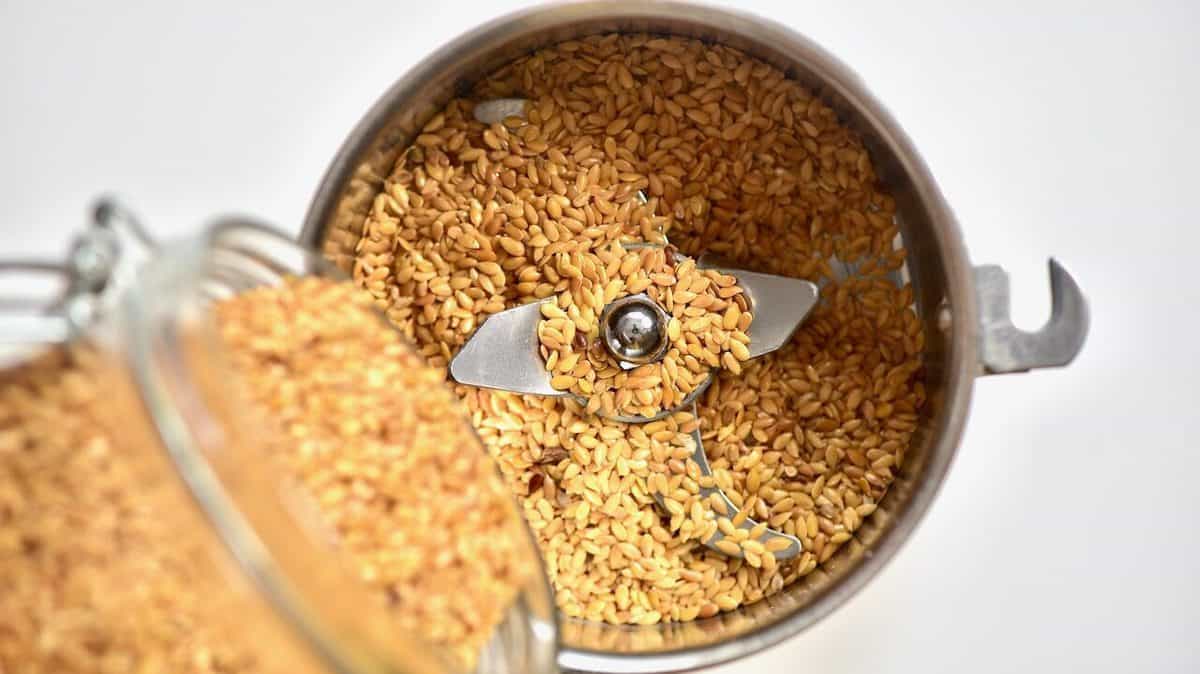
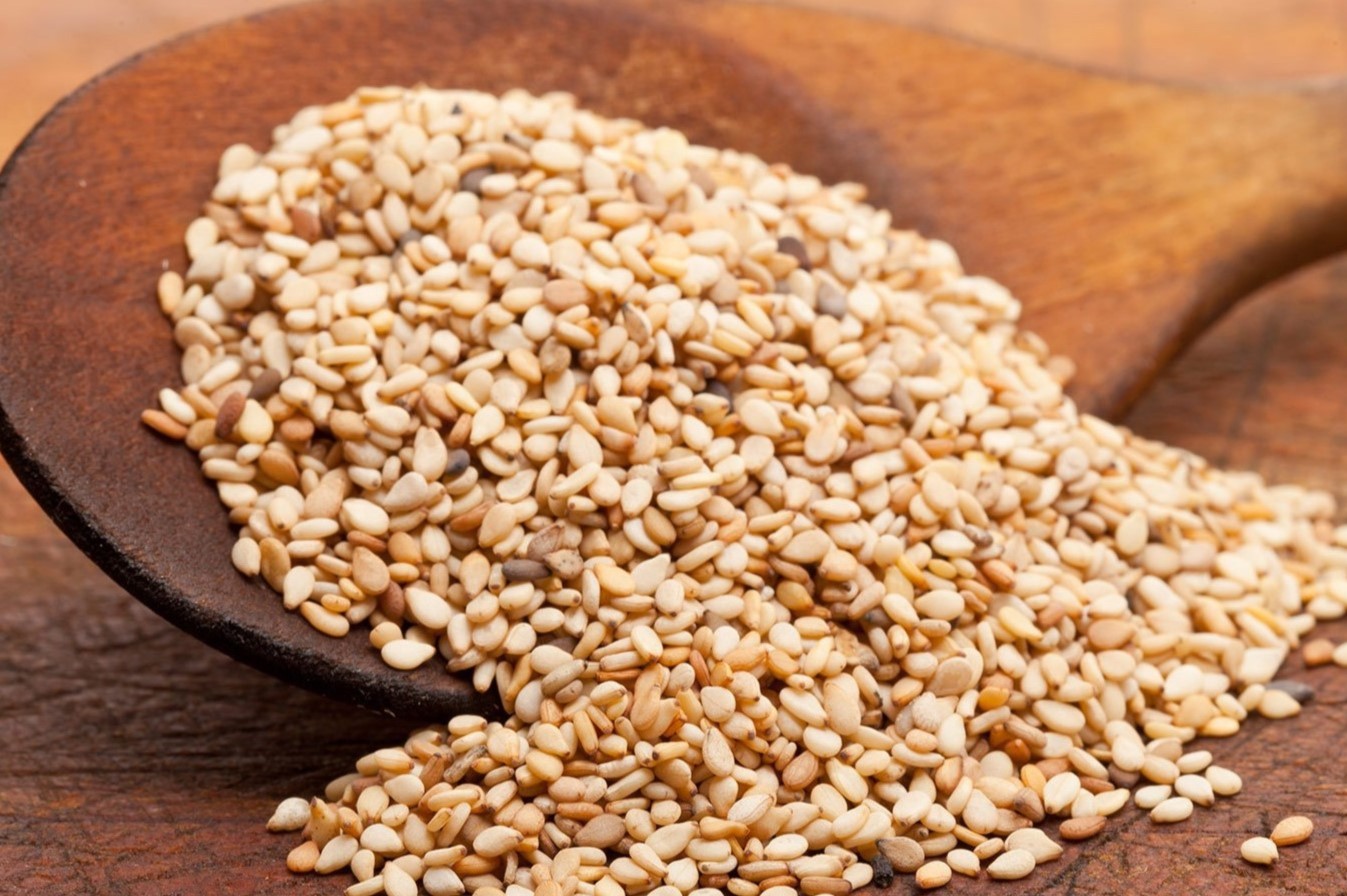
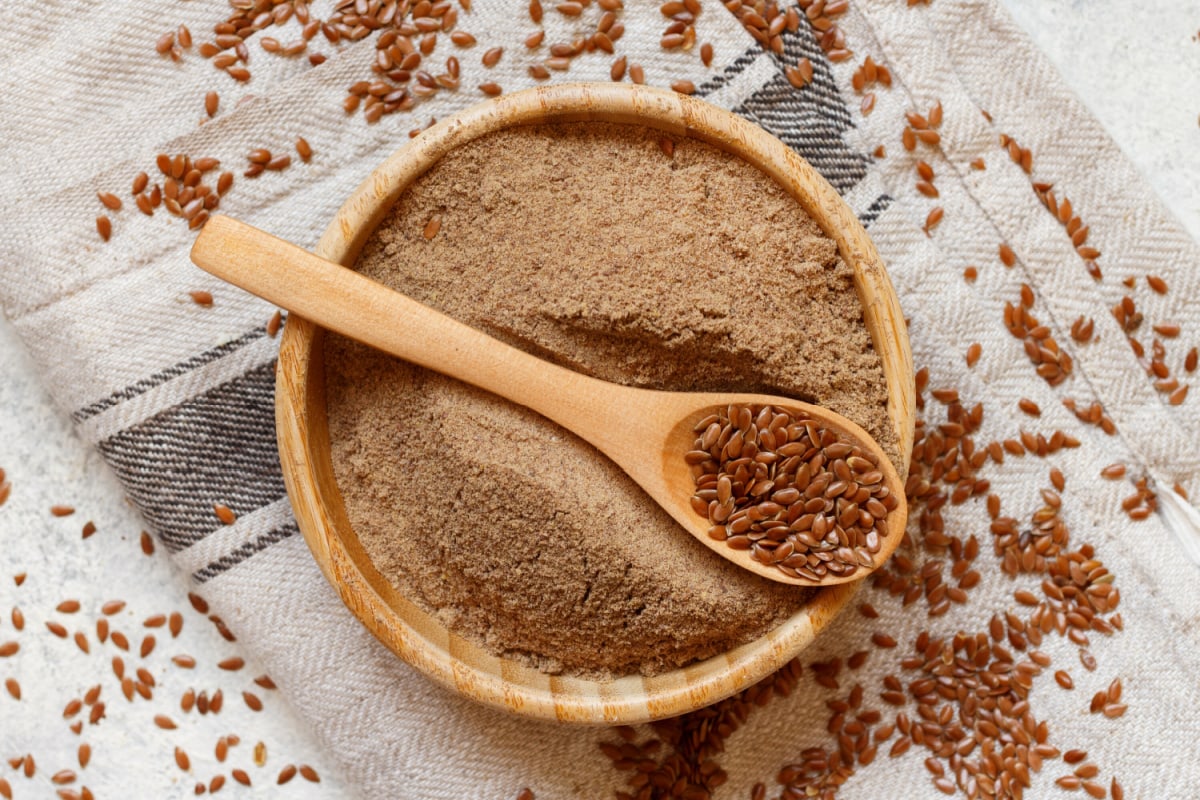
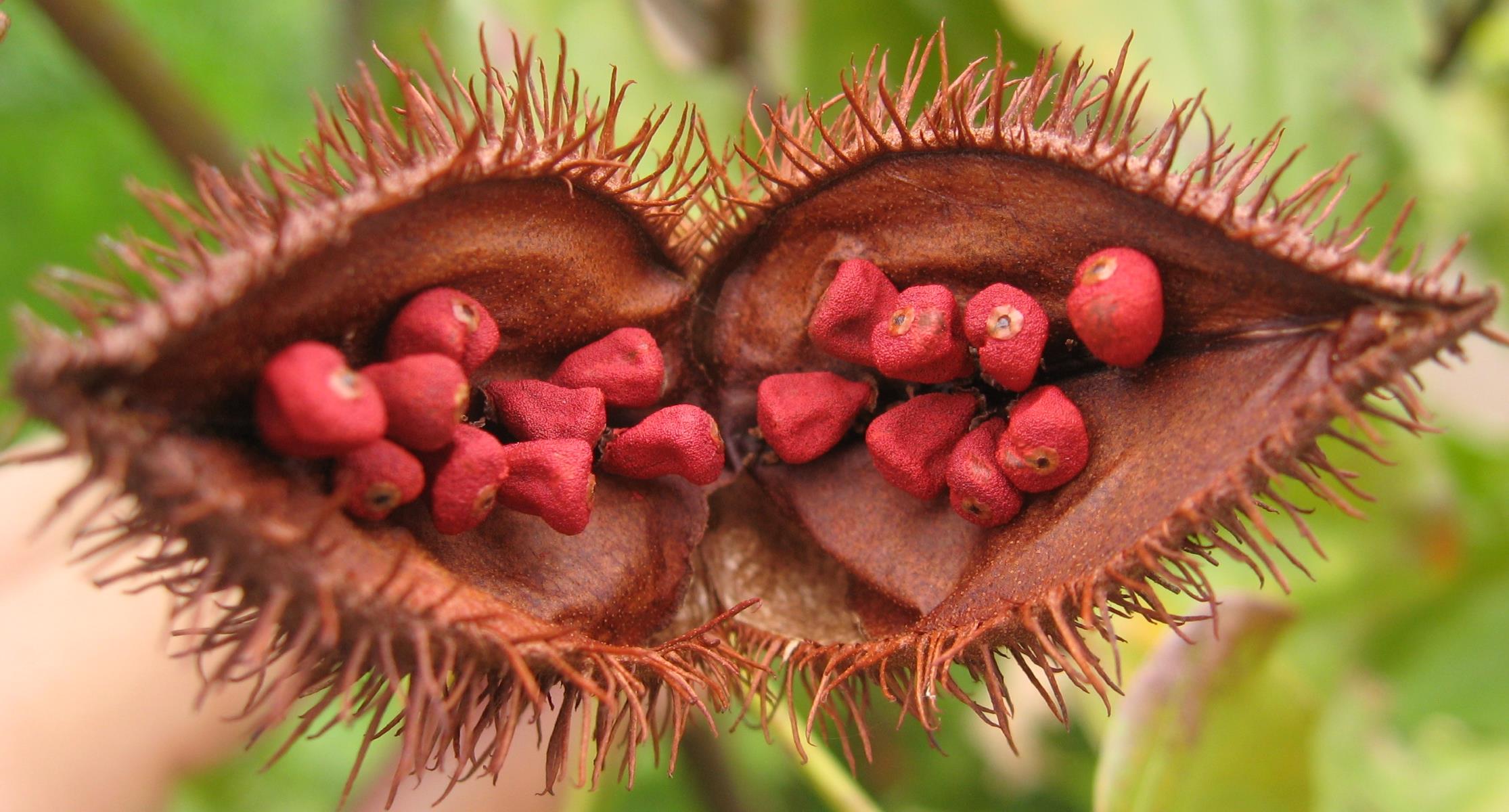
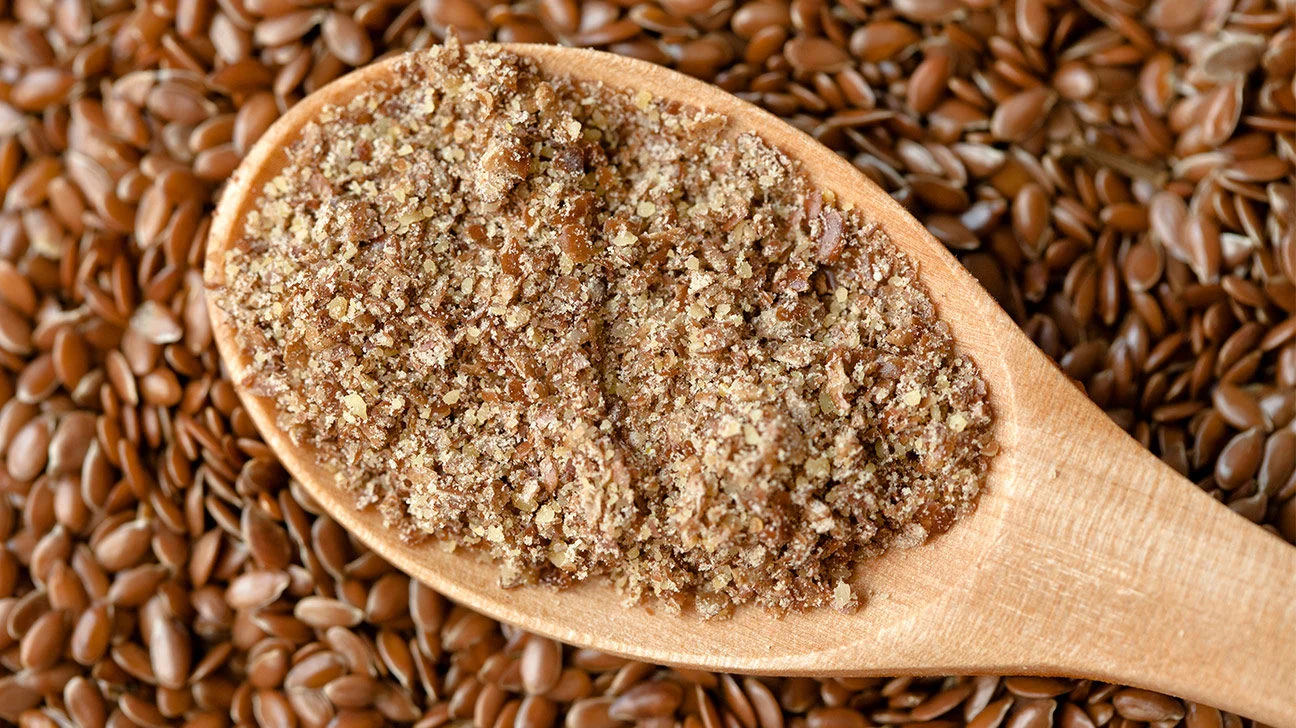

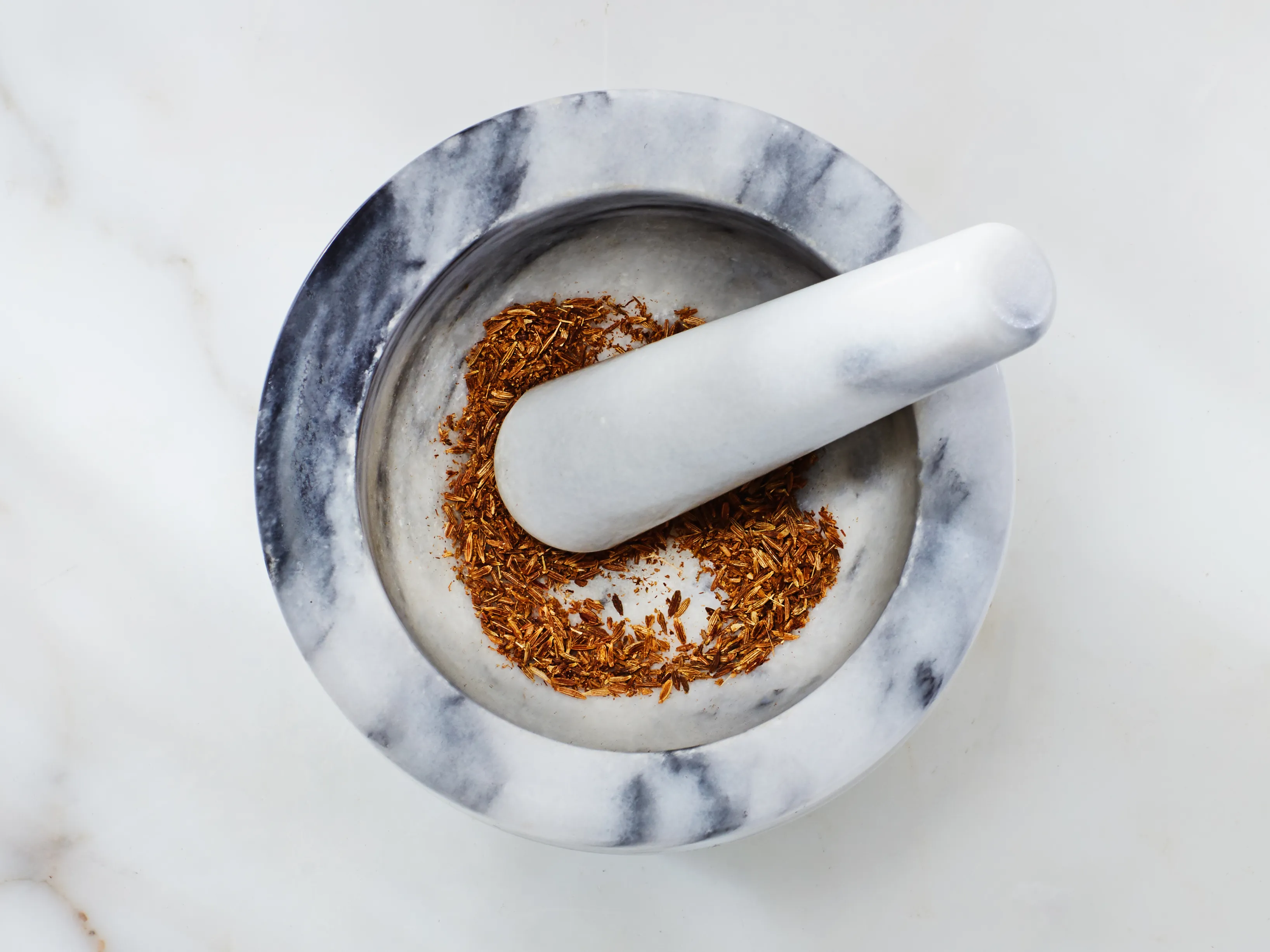
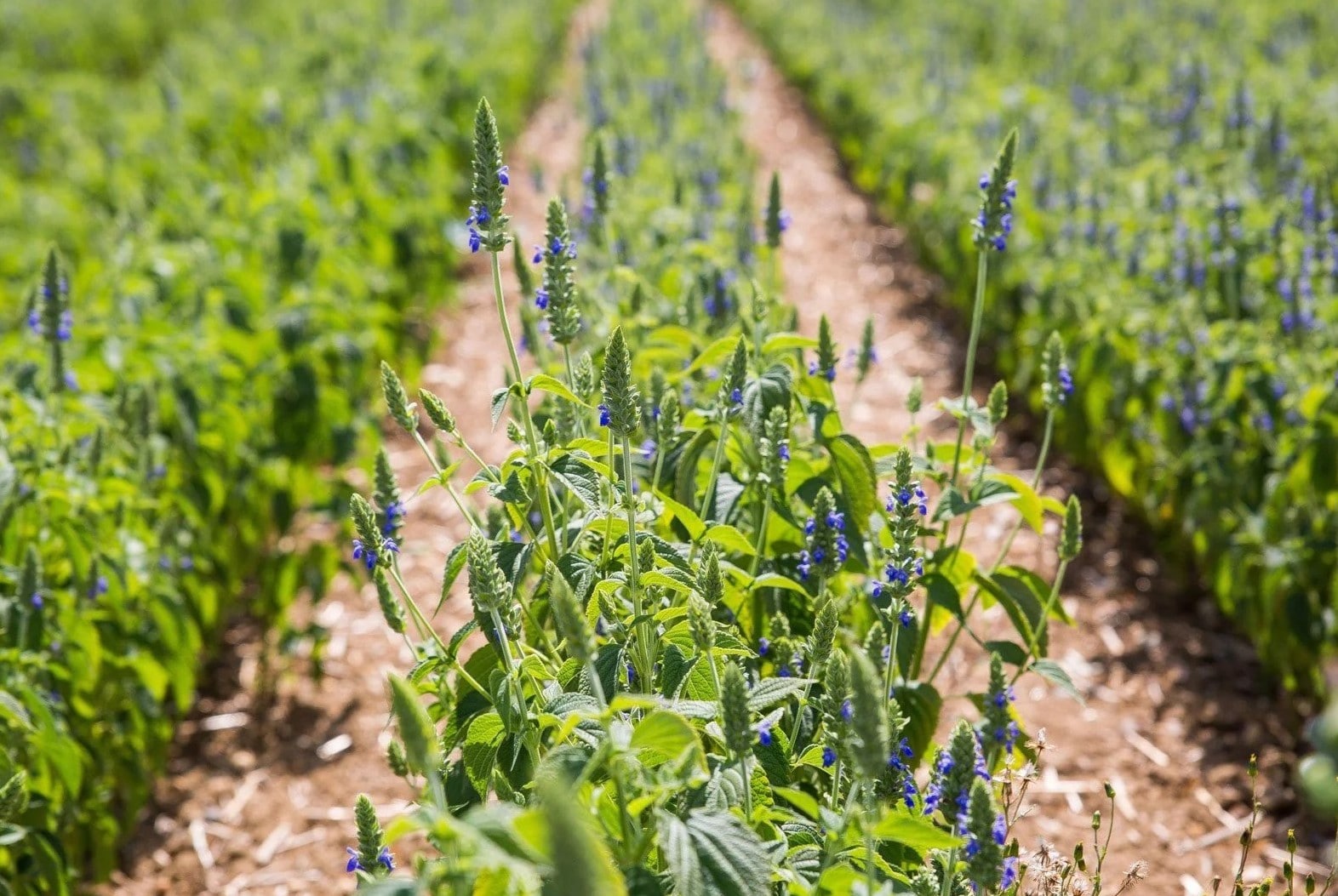
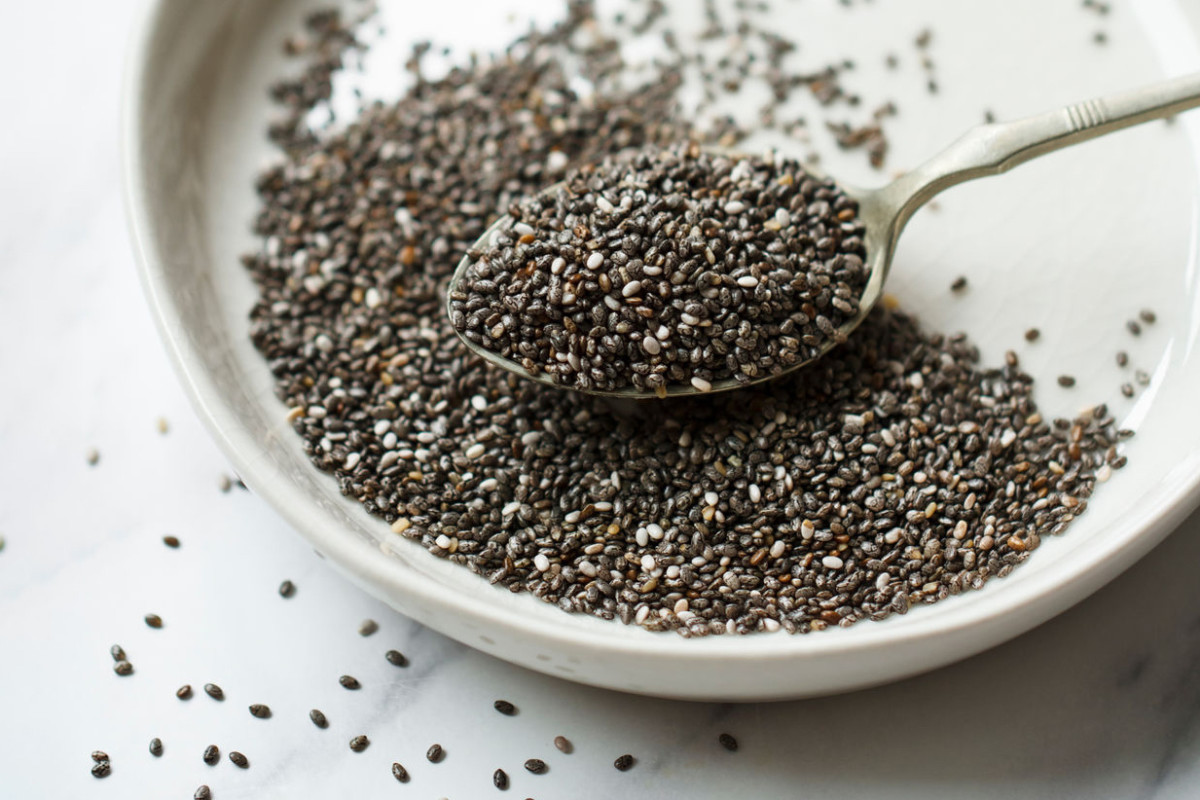
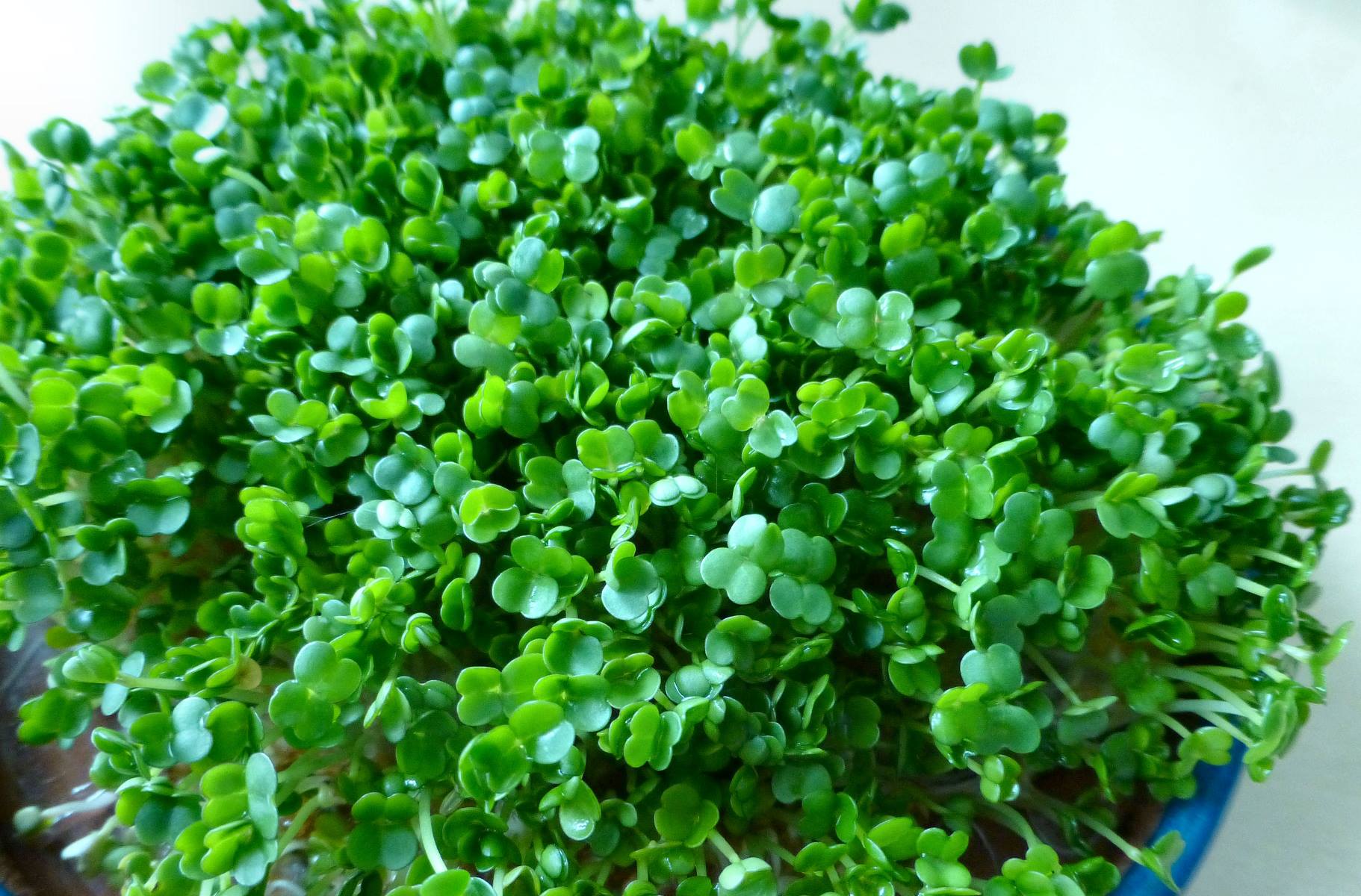
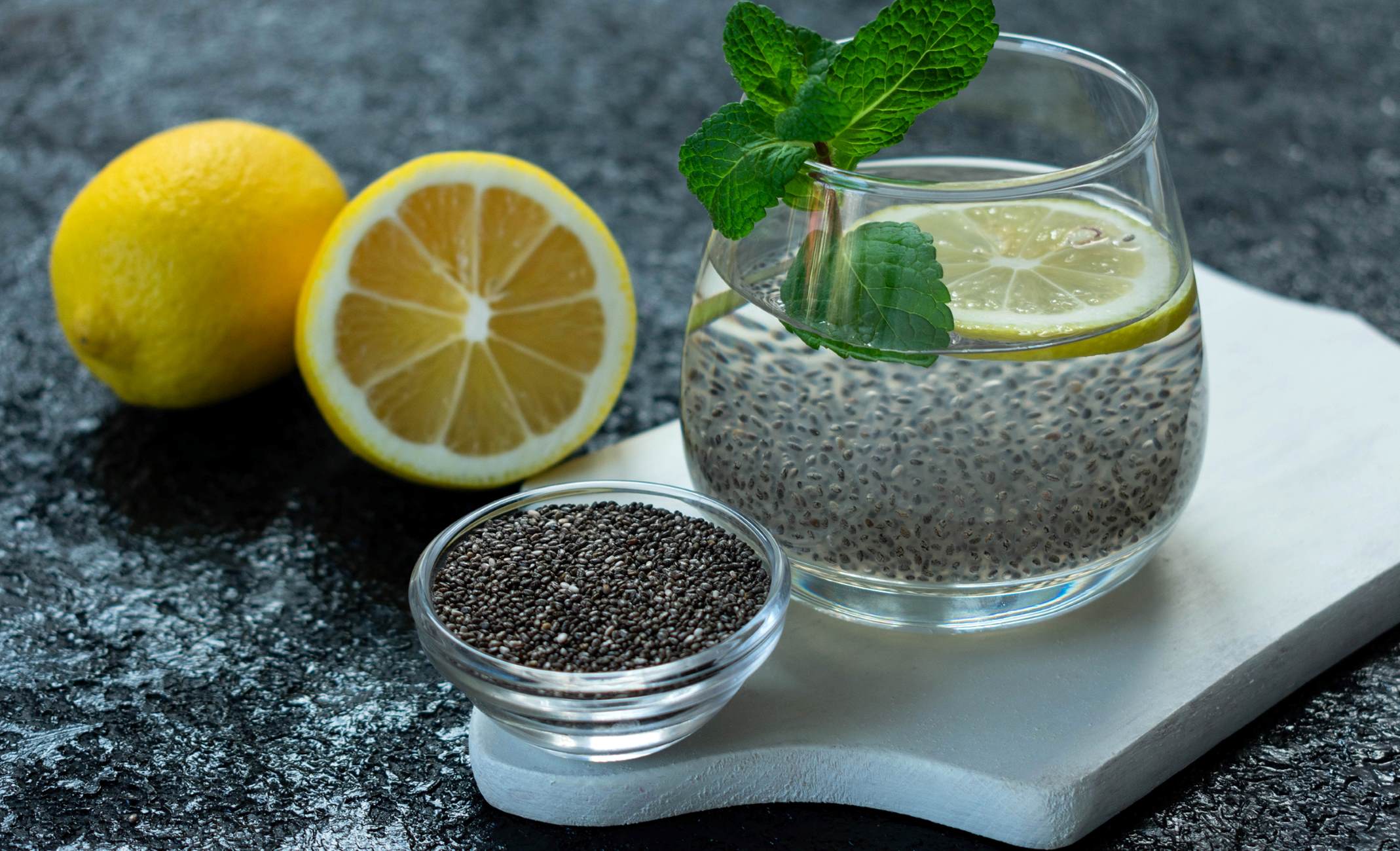
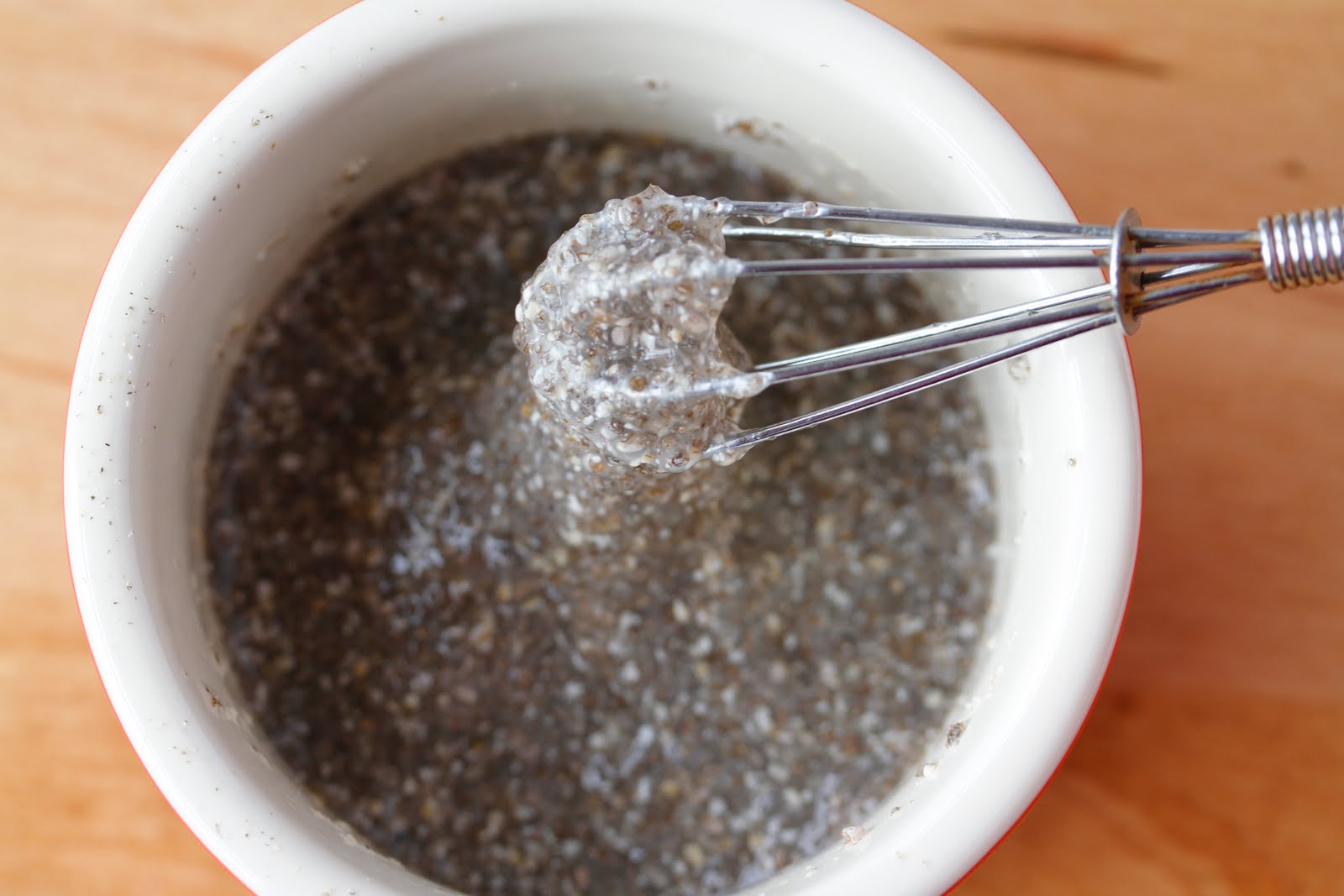
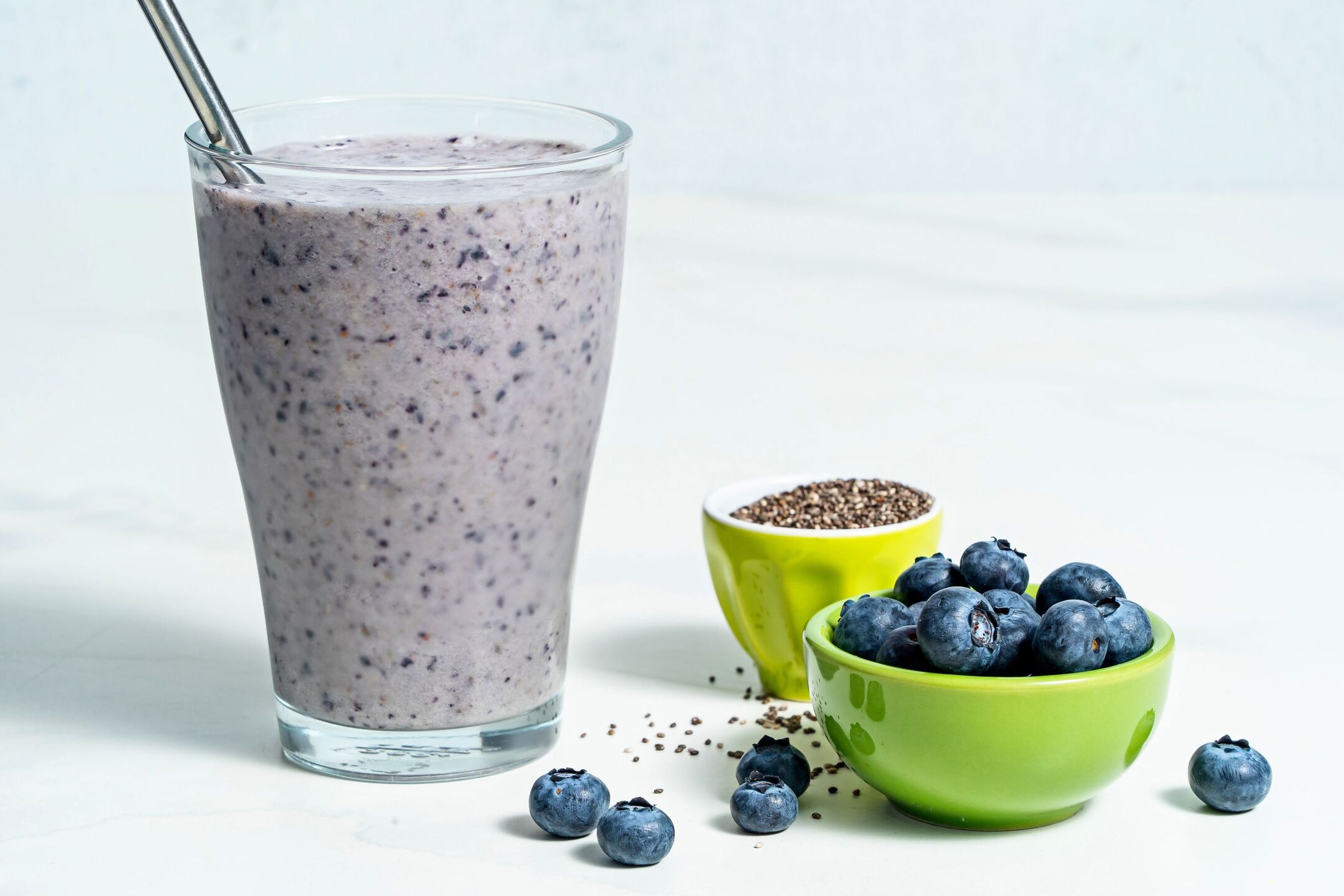
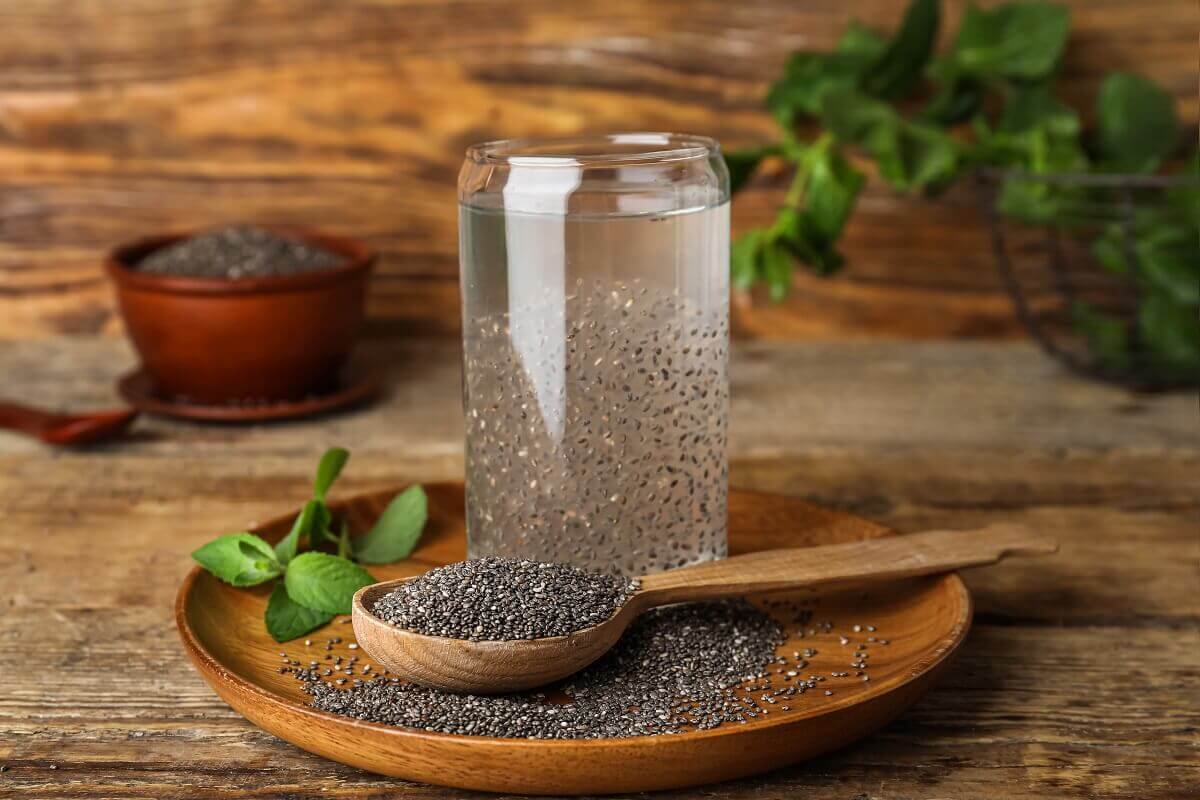

0 thoughts on “How To Grind Chia Seeds”